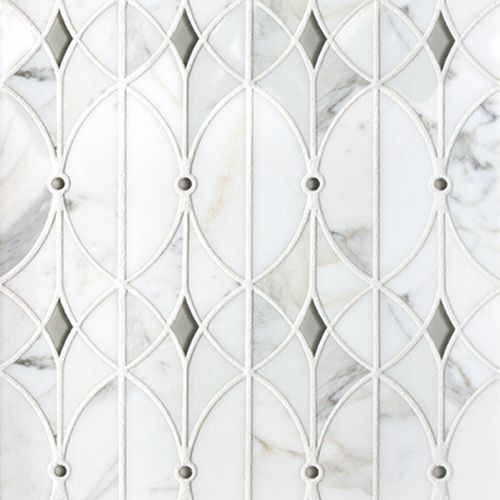Sheet Steel Waterjet Patterns

Shop our handpicked selection of tiles by material.
Sheet steel waterjet patterns. Most abrasive waterjet cutting however is done in material that is 3 inches thick or less. Granite marble stone. High strength and highly formable hr steel sheet and plate is also easy to drill form and weld. Hot rolled steel sheet and plate provides a rougher surface than cold rolled steel and plate.
Waterjet cutting is one of xometry s sheet metal profiling processes that directs a high power waterjet nozzle using cnc systems using g code for directions to cut materials for industrial applications. Austin waterjet is a waterjet cutting sheet metal fabrication job shop serving central texas with an emphasis on steel stainless and aluminum. Cutting thicker than that usually reduces the tolerance that can be maintained and increases the amount of time to cut a part. Materials suitable for waterjet cutting.
Can waterjets cutting machines etch material. It can be a very cost effective way to make straightforward metal parts. Comparable to laser cutting tolerances and faster than edm machining with lower capital and operating costs water jet cutting is also environmentally advantageous and provides many other benefits. Because the cutting water stream is very fine a waterjet system can easily cut intricate patterns.
Sheet metal waterjet cutting. This is especially of value when cutting architectural components sign letter cutouts and similar items. When galvanized it is also regularly used in applications where corrosion resistance is a necessity. Steel or aluminum sheets.
Are there special considerations for making glass parts. Acrylic plastic or glass. Cuts near net shapes with no heat affected zone. Waterjet shape cutting for all alloys including.
The waterjet cutting is a process of using a high pressure jet of water or a mixture of water and abrasive substance to cut a wide variety of materials such as. Stone porcelain glass ceramic more of the finest materials from around the world waterjet patterns. One of the most obvious concerns about working with sheet metal is cutting it especially when the sheets become plates with thickness of 1 or more. Aluminum stainless titanium nickel carbon alloy brass copper as well as non metal materials.














































